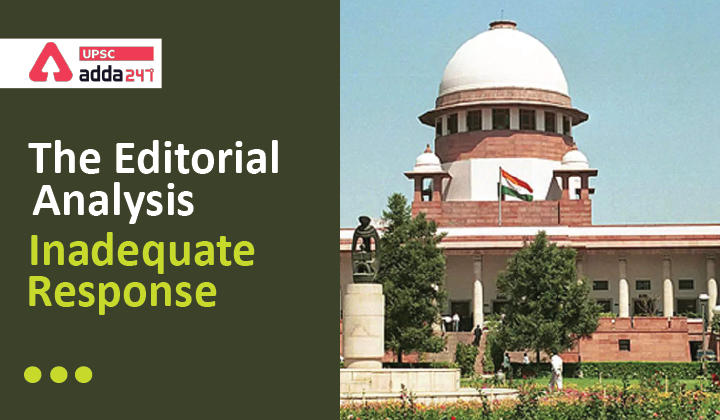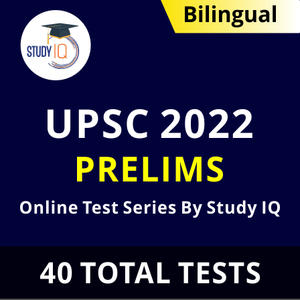Table of Contents
Income Criteria for Identifying EWS- Relevance for UPSC Exam
- GS Paper 2: Governance, Administration and Challenges- Government policies and interventions for development in various sectors and issues arising out of their design and implementation.
Income Criteria for Identifying EWS- Context
- Recently, a government-appointed committee on determining criteria for identification of EWS submitted its report to the Supreme Court.
The Editorial Analysis- The Crypto Assets Conundrum
Income Criteria for Identifying EWS- Key Recommendations
- Income Criteria for EWS: The Committee said that the annual family income of ₹8 lakh is “a reasonable” threshold to determine if someone belongs to economically weaker sections (EWS).
- The economically weaker sections (EWS) quota provides a 10% reservation in admissions and jobs
- Suitability of Income criteria: The committee said that the income criterion (₹8 lakh as the cut-off) used for identifying EWS was “more stringent” than the one for the OBC creamy layer.
- The committee said that the Income criteria for determining EWS is wide and uses many other income parameters in addition to what is used in the case of the OBC creamy layer.
The Editorial Analysis: Aiding in governance
Income Criteria for Identifying EWS- Associated Concerns
- Social and educational backwardness: The Supreme Court had said that the OBC category is socially and educationally backward, and had therefore additional impediments to overcome.
- In this context, SC had asked whether it “would be arbitrary to provide the same income limit both for the OBC and EWS categories”.
- The committee fails to adequately respond to this concern of the Supreme Court.
- Vague Parameter: Committee said that considering all differences in purchasing power across urban/rural regions and per capita income/GDP across States would be infeasible and complex.
- the committee does not present any data on the estimated number (₹8 lakh) of EWS persons in the population-based on this.
- Irrational Criteria: As per the consumer expenditure survey of the 2011-12 NSSO report, a bulk of the population will be eligible for reservations under the EWS category, rendering the limit irrational.
- The consumer expenditure survey of the 2011-12 NSSO report is a key Indicators of Household Consumer Expenditure.
- Economically Weak Criteria: The committee’s assertion that ₹ 8 lakh corresponds to the “effective income tax exemption limit”.
- This is irrelevant as the only income slab exempted from paying taxes was for those earning below ₹2.5 lakh.
Economically Weaker Sections (EWS) Quota: Committee Recommendations on Determining EWS
Income Criteria for Identifying EWS- Conclusion
- The validity of the 103rd Constitution Amendment, through which the EWS quota was introduced in 2019, is in any case still before a Constitution Bench.
- The apex court must seek more clarity on the criteria adopted by the Governments committee to set the income limit for identifying the EWS sections eligible for reservations.
103rd Constitutional Amendment Act: Revisiting Income Criterion for EWS Quota
103rd Constitutional Amendment Act: Revisiting Income Criterion for EWS Quota




 TSPSC Group 1 Question Paper 2024, Downl...
TSPSC Group 1 Question Paper 2024, Downl...
 TSPSC Group 1 Answer key 2024 Out, Downl...
TSPSC Group 1 Answer key 2024 Out, Downl...
 UPSC Prelims 2024 Question Paper, Downlo...
UPSC Prelims 2024 Question Paper, Downlo...
